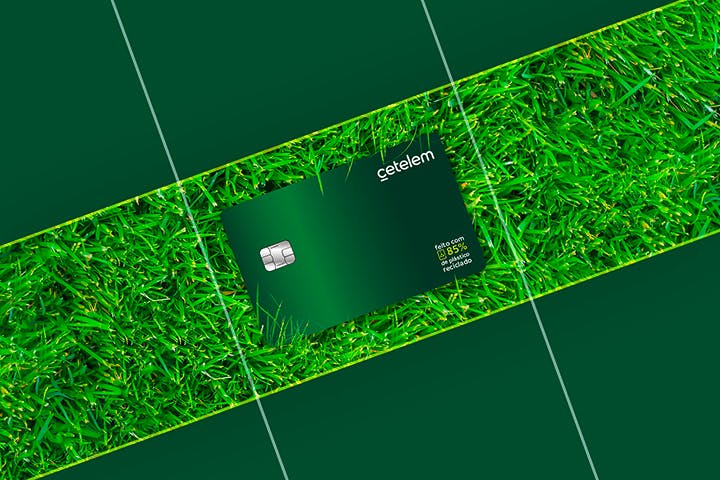Designing innovative solutions
A year of innovations2021 A YEAR OF INNOVATIONS

REINVENTING THE CUSTOMER EXPERIENCE
For BNP Paribas, designing the bank of the future means improving the customer experience by, above all, meeting their expectations and uses as closely as possible. Here is a look back on the key innovations of 2021.
TWO DIFFERENTIATED SERVICE MODELS
To adapt to the expectations of its 7 million individual customers, Commercial & Personal Banking in France (CPBF) offers each customer the choice between two service models. The first, a free model called "Proximité", is for clients whose everyday needs require fluidity and responsiveness from their bank. These customers can contact a team of advisors that are familiar with their account at the branch of their choice. The second, a paid model called "Affinité", is for individuals who require enhanced wealth management support and expertise from a dedicated advisor.
TECHNOLOGY FOR SMOOTHER ACCOUNT OPENINGS
To reduce the time needed to open an account, BMCI in Morocco and BGL BNP Paribas in Luxembourg are developing new technological solutions. For BMCI, thanks to QlickEER, the time it takes to open an account has gone from two days to 20 minutes, with full account details delivered on the same day. Similar progress has been made at BGL BNP Paribas, which relies on video identification to open an account remotely. BGL BNP Paribas offers an electronic signature, in partnership with the LuxTrust certification authority, and the possibility for customers to use the Web Banking application to activate their bank cards, adjust their expense limits and activate and/or deactivate e‑commerce payments.
A 100% DIGITAL SOLUTION, 100% DEDICATED TO CLIENTS WHO ARE SELF‑EMPLOYED
Increasing by 10% per year, more and more young workers in France are starting their own businesses. To provide them with banking and non‑banking services, Hello bank! has launched Hello Business. A complete, 100% digital offer that facilitates their daily transactions and supports the development of their business. Among the services offered are a customer payment record log, an overdraft facility and the preparation of quotes or invoices, not to mention access to insurance, advice and dedicated customer service.

Three countries,
three eco‑responsible credit cards
At BNP Paribas Personal Finance, several countries have started manufacturing eco‑responsible credit cards that do not lose out on quality or durability. For example, Findomestic in Italy produces PLA cards(1); in Germany and Austria, Consors Finanz offers a choice of recycled materials for their cards, and Banco Cetelem Brazil uses recycled PVC. In these countries, the credit card is gradually being replaced.
- Polylactic acid from the fermentation of sugars in corn starch.
